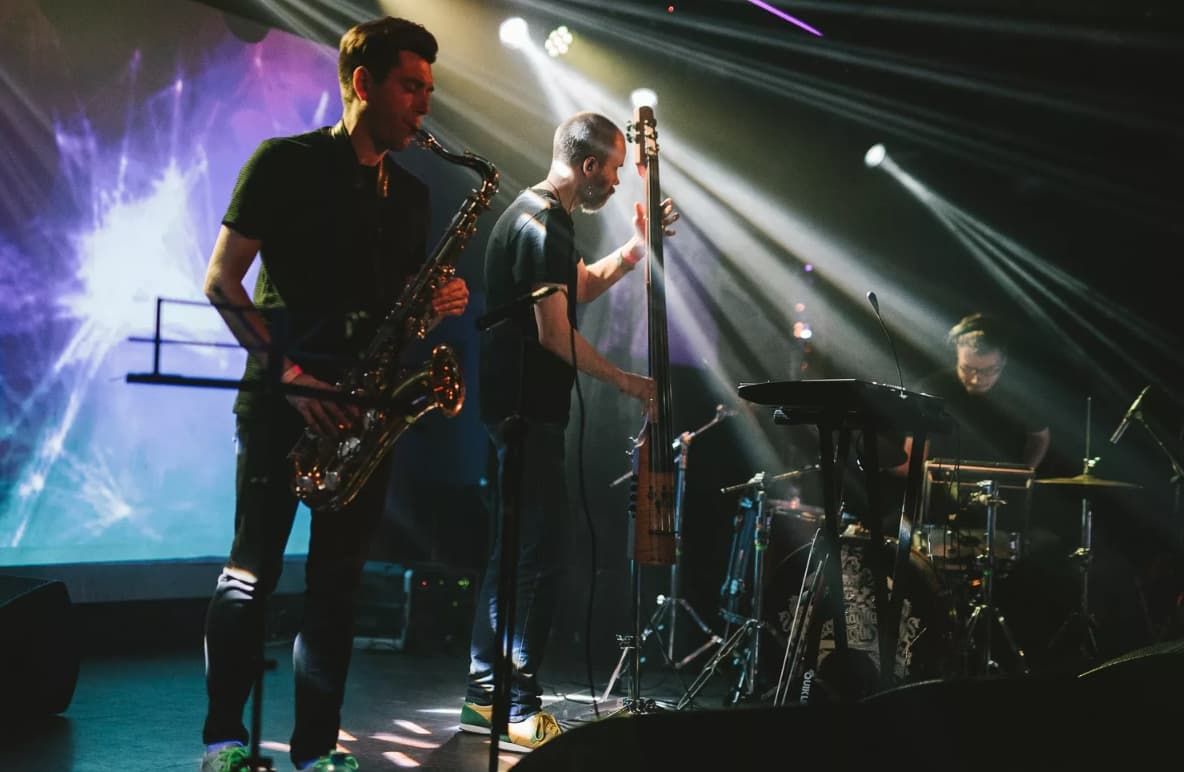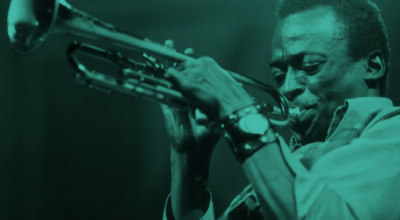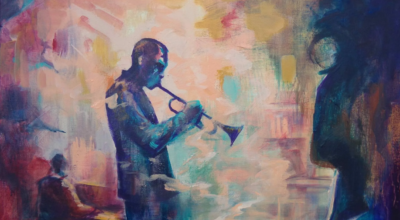In the expansive realm of music, there exists both brightness and darkness, mirroring the dichotomy found in the wider universe. Just as lively and upbeat jazz fills the air, so too does its slower, more introspective counterpart, known as dark jazz. Some believe this somber style emerged around fifty years after its lighter counterpart, initially met with skepticism from contemporaries.
Notable Artists
Miles Davis
Although not as universally embraced today, dark jazz boasts a devoted following, with Miles Davis often cited as a pioneering figure. Davis’ 1958 album, “Ascenseur pour l’échafaud,” is often credited as a seminal work in the genre’s evolution.
Serving as the soundtrack for the French film noir “Elevator to the Scaffold,” the album evokes a sense of brooding tragedy through its slow rhythms and atmospheric score, aligning closely with the aesthetic of contemporary dark jazz.

Morphine
Meanwhile, in 1989, the band Morphine emerged onto the scene, led by Mark Sandman. Distinguished by their unique lineup featuring two baritones and a two-string bass instead of a guitar, Morphine carved out their own niche in the musical landscape.
Describing their sound as “low rock,” their music exuded a melancholic vibe reminiscent of jazz noir, occasionally tinged with blues influences. Despite their short-lived tenure and the tragic death of their frontman in 1999, Morphine’s impact on the international music scene remains a topic of discussion among artists, critics, and fans alike.

Bohren & der Gore Club
In 1992, Bohren & der Club of Gore from Germany emerged, not as the originators but as the catalysts for the evolution of dark jazz, reshaping its trajectory.
Originally rooted in hardcore, the band transitioned to a darker, slower sound after the departure of their guitarist in the mid-1990s, adopting a saxophone and delving into ambient darkness. Today, they continue to captivate audiences as Bohren & der Club of Gore.
The Dale Cooper Quartet and Dictaphones
Following in the footsteps of Bohren & the Club of Gore, The Dale Cooper Quartet & the Dictaphones emerged as prominent figures in the global dark jazz scene. Originating in Brest, France, in the 21st century, their CDs feature the enchanting voices of Galle Kerrien and Zalie Bellacicco, adding a unique dimension to the genre.
Sunn O)))
Blurring the lines between power ambient and drone, Sunn O))) contributed significantly to the genre with their dense and potent albums. Collaborating with Norway’s Ulver on “Terrestrials” and electronic adventurer Nick Dropkick on “Co)))ltrane,” Sunn O))) created a funeral-like ambiance intersecting two musical eras, paying homage to the legacy of Coltrane with their distinct guitar hum.
Conclusion
Dark jazz thrives on its evocative nature, transporting listeners to dimly lit streets shrouded in fog and thick smoke. Rooted in sorrow and mortality, it serves as a poignant reminder of life’s transient nature. Beyond mere music, dark jazz is an experience—a journey that envelops the listener, inducing both tranquility and introspection.

